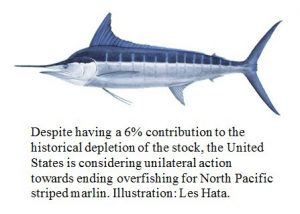April 5, 2021 — Overfishing likely did not cause the Atlantic cod, an iconic species, to evolve genetically and mature earlier, according to a study led by Rutgers University and the University of Oslo—the first of its kind—with major implications for ocean conservation.
“Evolution has been used in part as an excuse for why cod and other species have not recovered from overfishing,” said first author Malin L. Pinsky, an associate professor in the Department of Ecology, Evolution, and Natural Resources in the School of Environmental and Biological Sciences at Rutgers University-New Brunswick. “Our findings suggest instead that more attention to reducing fishing and addressing other environmental changes, including climate change, will be important for allowing recovery. We can’t use evolution as a scapegoat for avoiding the hard work that would allow cod to recover.”
The study, which focuses on Atlantic cod (Gadus morhua) off Newfoundland in Canada and off Norway, appears in the journal Proceedings of the National Academy of Sciences.
In the Northwest Atlantic Ocean, cod range from Greenland to Cape Hatteras, North Carolina. In U.S. waters, cod is most common on Georges Bank and in the western Gulf of Maine, but both fish stocks are overfished. Cod can reach 51 inches long, weigh up to 77 pounds and live more than 20 years. Early explorers named Cape Cod in Massachusetts for the species because it was so abundant off New England, according to the National Oceanic and Atmospheric Administration.

